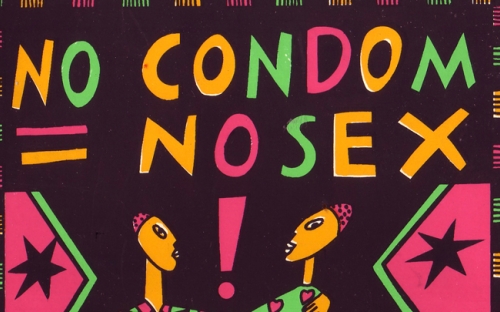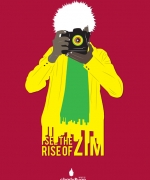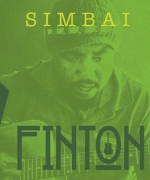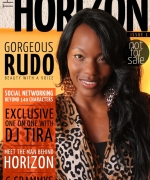Making a Difference and Making a Living
Eight years ago I left the marketing company where I was working as a design sausage machine – cranking out fliers and adverts for clients and projects that meant nothing to me – to work for myself. It was a leap of faith as I had no clients lined up. I was just desperate to do something more fulfilling.
Politically, I came of age in 1980s Britain, the Thatcher era; I marched with striking miners, joined Friends of the Earth and bought a Free Nelson Mandela mug. I vowed I would always do a job I loved and ensure it was at something meaningful. In truth, I spent much of the decade working in a pub. I had no idea how to translate my ideals into a salary.
I had never heard of graphic design until I volunteered to help the British designer Ken Garland compile an exhibition on the Campaign for Nuclear Disarmament. He let me design the catalogue, which, looking back, seemed very generous of him. It’s a dreary looking thing – a broadsheet that opens on the wrong side and upside down. But, I was very proud of it and from then on I knew what I wanted to do.
In 1964 Ken Garland published the First Things First Manifesto – a call to visual communicators to put their skills to better use. It was signed by 21 fellow creatives. The Manifesto was revisited in 2000, and the updated version republished in Eye magazine with 33 new signatories.
“There are pursuits more worthy of our problem-solving skills. Unprecedented environmental, social and cultural crises demand our attention. Many cultural interventions, social marketing campaigns, books, magazines, exhibitions, educational tools, television programmes, films, charitable causes and other information design projects urgently require our expertise and help.” (Extract from the First Things First Manifesto 2000)
It is a noble call to action, but neglects to mention the empowering and democratic dimension of being involved in issues that directly affect us. The activist slogan, ‘Nothing about us, without us’ reminds us that we have an obligation and a right to direct participation.
In reality, it’s less easy to practice. Many of the jobs in the design profession are in advertising and marketing. Taking on unpaid work can be unsustainable and really, skills and experience should be recompensed, however worthy the cause. So, how do you make a living from making a difference? The answer would probably take up a book. In fact there is one – The Design Activist’s Handbook – full of ideas and tools for getting started as a socially conscious designer. But, for many of us, the process is incremental, stumbling along, trying this and that, following the trajectory made by our life experiences.
This was certainly my story. I was a window dresser until I went to Zimbabwe in 1990; I fell into teaching, loved it and taught myself graphic design – literally one step ahead of my students. Chaz Maviyane-Davies kindly acted as a mentor during my first few terms at the Polytechnic, and I cut my design teeth on projects that had a cultural or social change component; illustrations for one of the first AIDS awareness campaigns, a logo for Thomas Mapfumo, T-shirt designs for the anti-apartheid movement. It was 12 enriching and rewarding years. It made my return to the UK and the sausage machine job, with its adverts for the Royal Navy and product catalogues for luxury swimming pools, so much more painful.
When I finally walked out of the marketing job, I made a huge personal decision. I would align myself to the one global issue that had directly affected my life. In doing this, I would use my skills as a designer and as an ‘expert’, through my own lived experience, to advocate for a better world. Having been diagnosed with HIV in 1990, I had always been open with colleagues and those close to me, but stigma and discrimination meant I was less able to be so in a professional capacity. Either I followed a career as a woman living openly with HIV within the ‘HIV bubble’, where I could be guaranteed some support and safety, or I got on with something unrelated and kept quiet. From my first meeting with Ken Garland, I really wanted to be a Graphic Designer and in a socially useful arena. It took a long time to be able to bring the two together.




